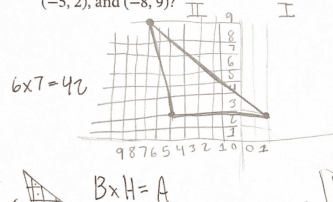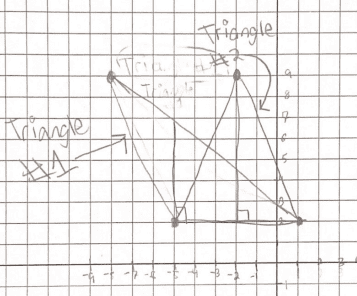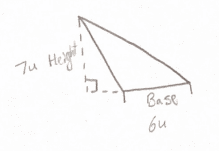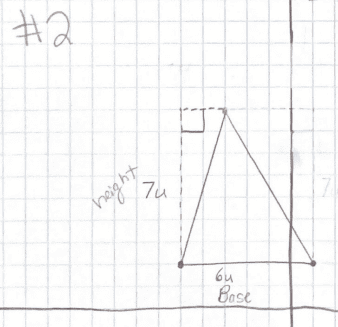These are the words my young granddaughter uses when she sees anything we have that is interesting that she wants to explore how to use. Recently, a colleague and I explored what happens when we allow students to request whatever tool they might want to help solve a problem.
Activating Student Agency
In a sixth-grade classroom, the teacher and I selected to use Math Milestones™ task 6:12 in order to activate and deepen student learning around graphing points on a coordinate plane, understanding signed numbers on the coordinate plane, and applying shape composition and decomposition skills acquired in earlier grades in order to develop a formula for area.

As we prepared to give this task (student handout) to the students, we decided to display and give the following directions to students:
Do the Task protocol:
SOLVE: Work on the task using the math you know.
SHOW: Document how you thought about the task (with words, pictures, representations, and/or equations) so you can share your thinking with your peers.
SHARE: Explain in a way that your peers will see how these representations make sense to you.
We noticed that the directions didn’t specify whether students could use tools. So, in the moment, we decided to add this to the protocol:
ASK: Ask for any tools that you think might help you solve this question more accurately.
We immediately noticed that adding this option of being able to request a tool provided students with an intentional opportunity to self-advocate for what they may need, which helped build confidence. It was amazing how just by setting this type of culture and climate empowered students to ask for a tool, re-engage with the task, and continue persevering in solving the problem. Some students asked for graph paper, rulers, protractors, and colored pencils.
Preparing to Monitor Student Performance
By collecting the responses to the task, we were able to examine the student work and look in particular at the work of students who advocated for a tool. Were we able to capture evidence to highlight that when a student advocated for a tool, it actually helped their thinking? How could we use this evidence to increase learning opportunities for all students?
Some students created their own coordinate planes to aid in the illustration. These students realized that perhaps asking for graph paper would provide more efficient results.
This student used color to highlight the pre-image and the post-image and was able to make this statement about the triangle.


Other students tried to sketch the figure without any tools. Then, after requesting graph paper, their more precise illustrations allowed them to discover patterns about the triangles.
This student was able to visualize more accurately the results of the change of the third vertex and came to this conclusion.

These illustrations show the progression of how a student was able to attend to precision to explore their understanding of the concept.
The learning opportunity for us was to more clearly articulate to students and model how the use of manipulatives, rulers, compasses, protractors, and other tools could aid their problem-solving processes. My colleague and I learned that Math Milestones™ tasks offered a unique opportunity to activate student agency and allowed us the flexibility to illustrate different strengths of students. The student work results prompted teacher reflection about how students may be making sense of grade-level and prior-grade-level mathematics.























